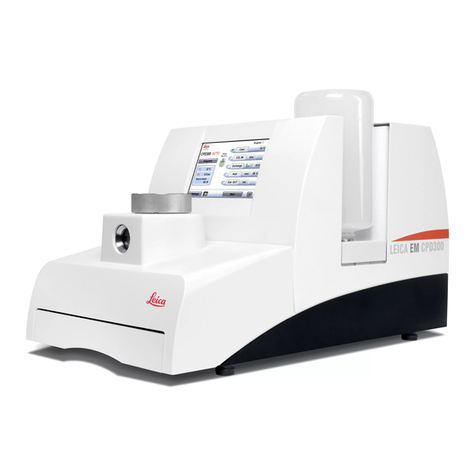Leica CV5030 User manual
Other Leica Laboratory Equipment manuals

Leica
Leica VT1000S User manual
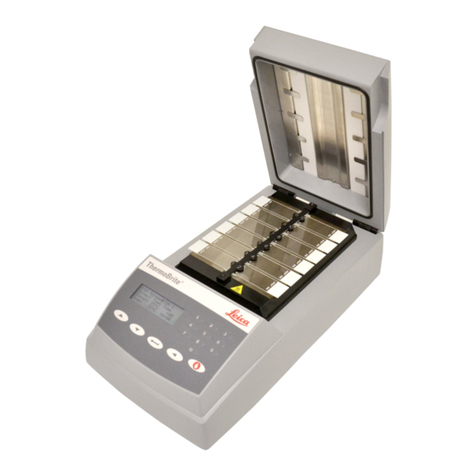
Leica
Leica ThermoBrite S500 User manual

Leica
Leica RM2125RTS User manual
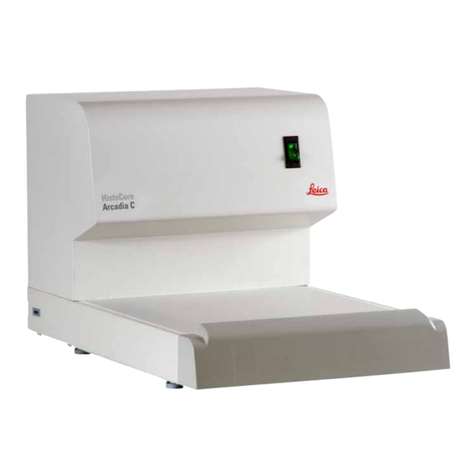
Leica
Leica HistoCore Arcadia C User manual

Leica
Leica CryoJane User manual
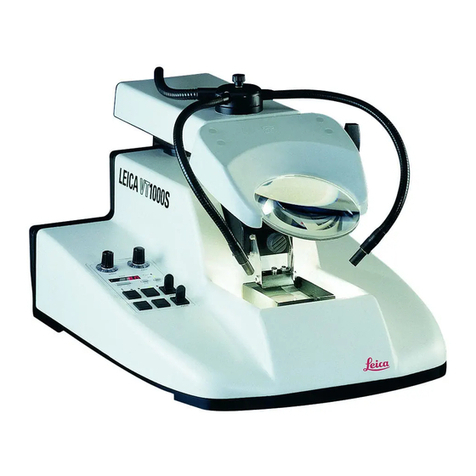
Leica
Leica VT1000 S User manual
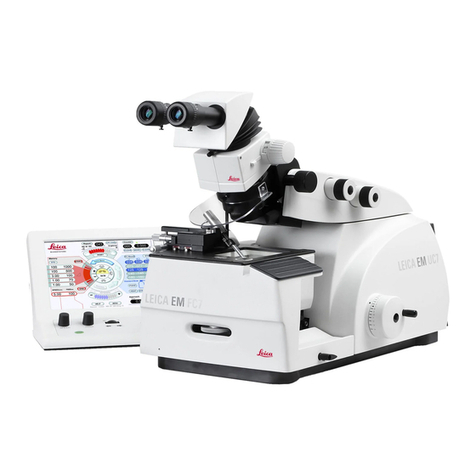
Leica
Leica EM FC7 User manual
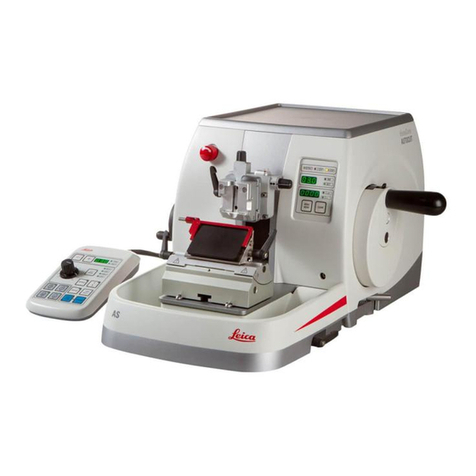
Leica
Leica HistoCore AUTOCUT User manual

Leica
Leica RM2255 User manual

Leica
Leica EG1130 User manual

Leica
Leica vzM50111 User manual

Leica
Leica TP1020 User manual

Leica
Leica CM3600 XP User manual

Leica
Leica HistoCore SPECTRA CV User manual
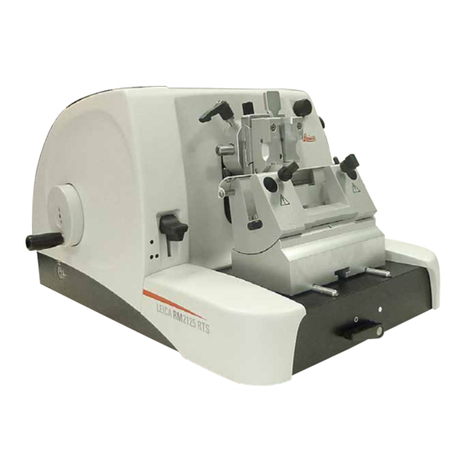
Leica
Leica RM2125RTS User manual
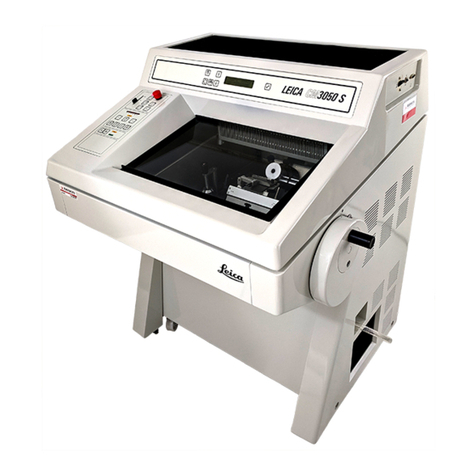
Leica
Leica CM3050 S User manual

Leica
Leica BOND-PRIME User manual

Leica
Leica EG F User manual
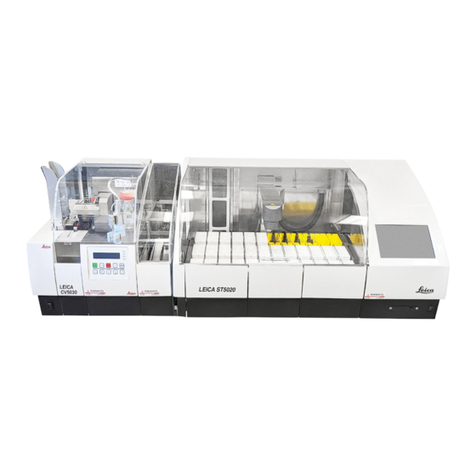
Leica
Leica ST5020 User manual
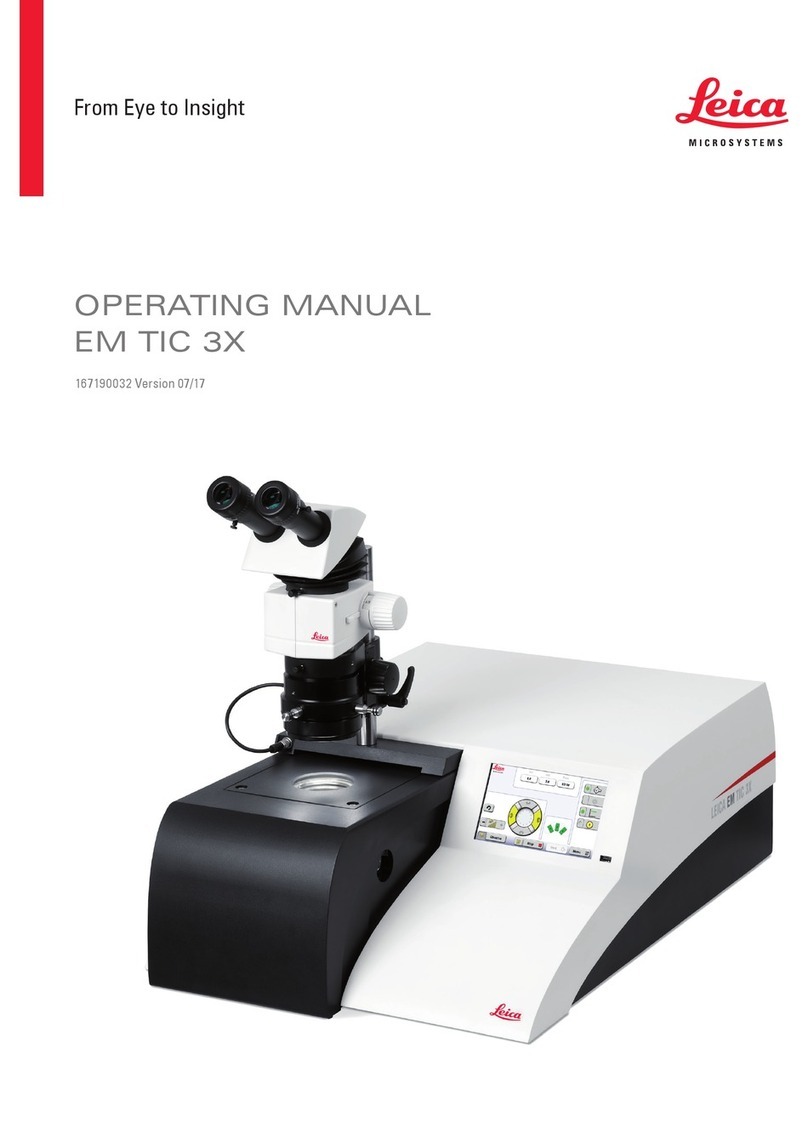
Leica
Leica EM TIC 3X User manual
Popular Laboratory Equipment manuals by other brands

Belden
Belden HIRSCHMANN RPI-P1-4PoE installation manual

Koehler
Koehler K1223 Series Operation and instruction manual

Globe Scientific
Globe Scientific GCM-12 quick start guide

Getinge
Getinge 86 SERIES Technical manual

CORNING
CORNING Everon 6000 user manual

Biocomp
Biocomp GRADIENT MASTER 108 operating manual


